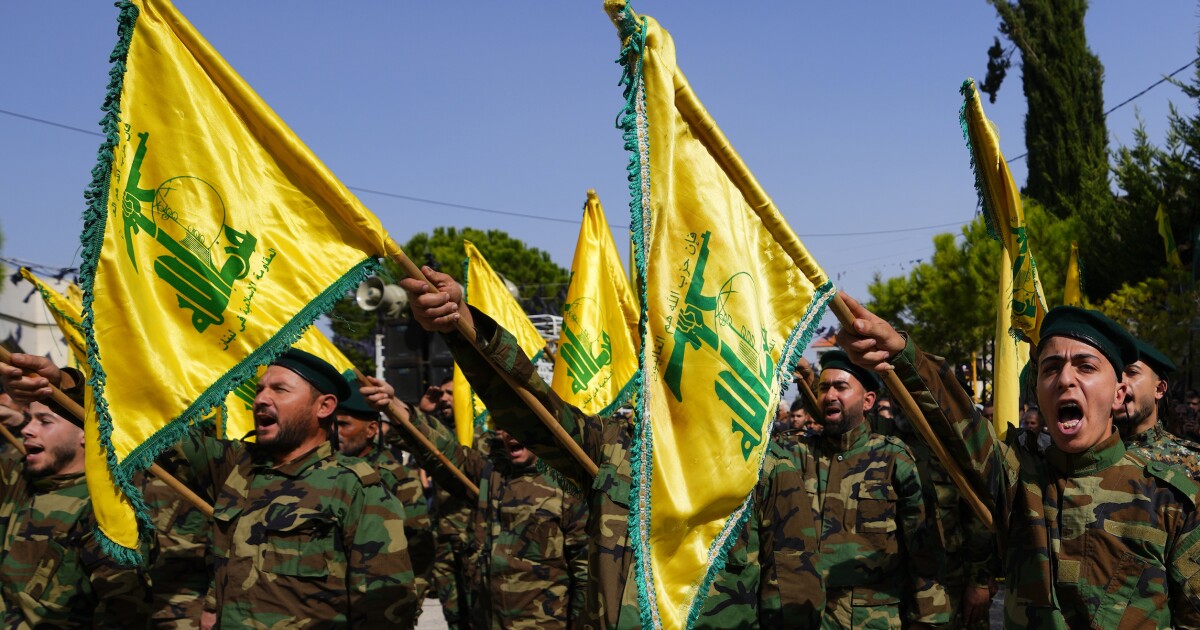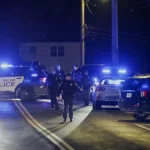

The limited attacks between neighbors Israel and Lebanon are raising the possibility that the conflict between the former and Hamas, the terror group and de facto government of Gaza, could expand to a regional conflict.
Israeli forces wiped out eight Hezbollah fighters, an advanced Lebanon-based terror organization, over the past 24 hours and more than 20 since the start of the war, Rear Adm. Daniel Hagari said this weekend, though he did not provide any additional detail. The two sides have engaged mostly in limited cross-border rocket fire in the roughly two weeks since Hamas carried out the most deadly terrorist attack in Israel’s history.
NATO ALLIES SUSPECT ‘COINCIDENCES’ POINT TO HYBRID WAR WITH RUSSIA UNDER BALTIC SEA
Should Hezbollah invade Israel, “it will make the mistake of its life. We will cripple it with a force it cannot even imagine, and the consequences for it and the Lebanese state will be devastating,” Prime Minister Benjamin Netanyahu said on Sunday while speaking with troops in the northern region of Israel, which is in the vicinity of the Israel-Lebanon border.
Hezbollah, which has Iran’s backing, has a significant weapons arsenal that includes tens of thousands of rockets and missiles, in addition to various types of drones.
Israel announced another round of evacuations for communities near the border on Sunday.
Sheikh Naim Kassem, a top Hezbollah official, said this week they are already “in the heart of the battle,” according to the Associated Press.
While Israeli forces prepare for its ground invasion into the Gaza Strip, where they will look to cripple Hamas’s infrastructure, militaristic capabilities, and power, there are concerns that other adversaries of Israel, including Hezbollah, could widen the conflict. Israel has called up 300,000 reservists and moved both manpower and weapons to the south as they wait for the Gaza incursion.
“The immediate challenges of something like a two-front war with Hezbollah coming in from the north is, first and foremost, there’s a lot of Israeli population centers out there,” former commander of U.S. Central Command, retired Gen. Joseph Votel, told the Washington Examiner. “So the opportunity to have an impact on more Israeli civilians is greater. And what that’s going to mean is that the Israeli government, the leadership is going to have to make very difficult decisions, and they’re going to have to reallocate resources from Gaza to up there,” if Hezbollah gets involved in the war.
CLICK HERE TO READ MORE FROM THE WASHINGTON EXAMINER
Israel has also struck targets in the West Bank and Syria in recent days as well, while Houthi rebels in Yemen also launched strikes toward Israel that were intercepted by U.S. forces in the region. Secretary of Defense Lloyd Austin has increased the military’s presence in the Middle East in an attempt to deter outside actors from getting involved.
“What we’re seeing is a prospect of a significant escalation of attacks on our troops and our people throughout the region. And because of that, we’re going to do what’s necessary to make sure that our troops are in the right — in a good position, and they’re protected, and that we have the ability to respond,” he said on ABC this weekend.





